
Category: neuroscience – Page 686


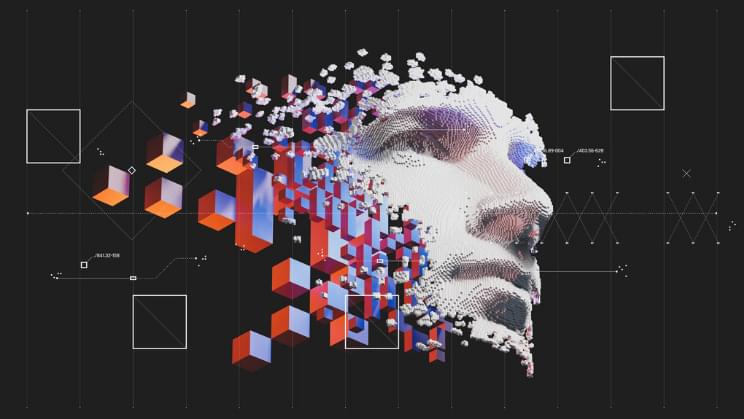
MIT Researchers Just Discovered an AI Mimicking the Brain on Its Own
A new study claims machine learning is starting to look a lot like human cognition.
In 2019, The MIT Press Reader published a pair of interviews with Noam Chomsky and Steven Pinker, two of the world’s foremost linguistic and cognitive scientists. The conversations, like the men themselves, vary in their framing and treatment of key issues surrounding their areas of expertise. When asked about machine learning and its contributions to cognitive science, however, their opinions gather under the banner of skepticism and something approaching disappointment.
“In just about every relevant respect it is hard to see how [machine learning] makes any kind of contribution to science,” Chomsky laments, “specifically to cognitive science, whatever value it may have for constructing useful devices or for exploring the properties of the computational processes being employed.”
While Pinker adopts a slightly softer tone, he echoes Chomsky’s lack of enthusiasm for how AI has advanced our understanding of the brain:
“Cognitive science itself became overshadowed by neuroscience in the 1990s and artificial intelligence in this decade, but I think those fields will need to overcome their theoretical barrenness and be reintegrated with the study of cognition — mindless neurophysiology and machine learning have each hit walls when it comes to illuminating intelligence.”
Full Story:
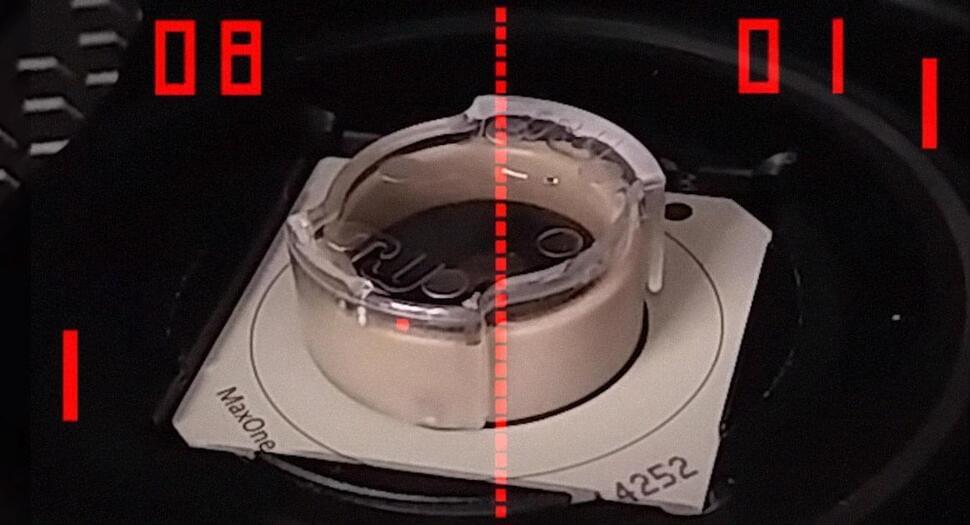
Researchers Teach Human Brain Cells in a Dish to Play “Pong”
Scientists have successfully taught a collection of human brain cells in a petri dish how to play the video game “Pong” — kind of.
Researchers at the biotechnology startup Cortical Labs have created “ mini-brains ” consisting of 800,000 to one million living human brain cells in a petri dish, New Scientist reports. The cells are placed on top of a microelectrode array that analyzes the neural activity.
We think it’s fair to call them cyborg brains, Brett Kagan, chief scientific officer at Cortical Labs and research lead of the project, told New Scientist.
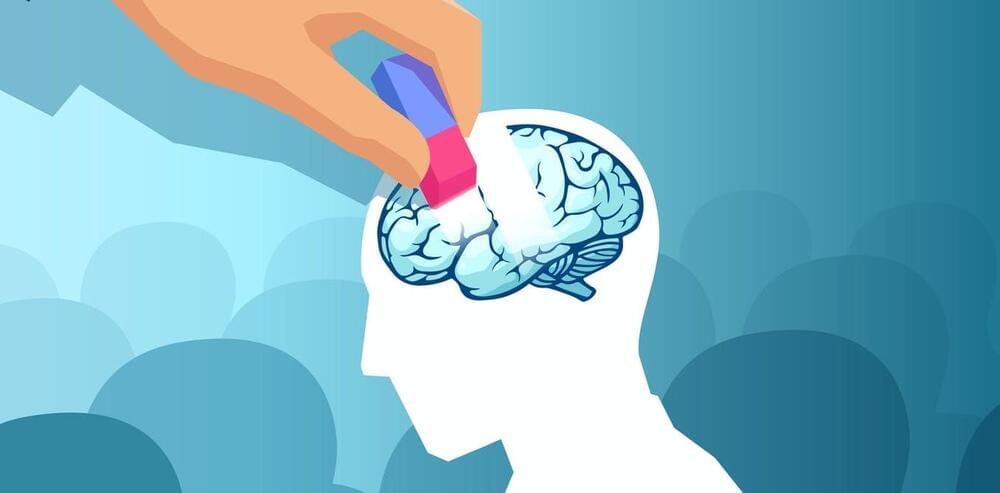
Risk factors that determine whether you’re more or less likely to develop cognitive decline
As some participants were “lost to follow-up”, the researchers were only able to look at 480 people from the original mild cognitive impairment group. While 142 still had mild cognitive impairment, they found that 62 people from this group now had dementia. The researchers also found that 276 people no longer met the criteria for mild cognitive impairment – showing us that mild cognitive impairment does not always lead to dementia and it isn’t necessarily permanent.
Let’s first look at the factors linked to a lower risk of developing mild cognitive impairment.

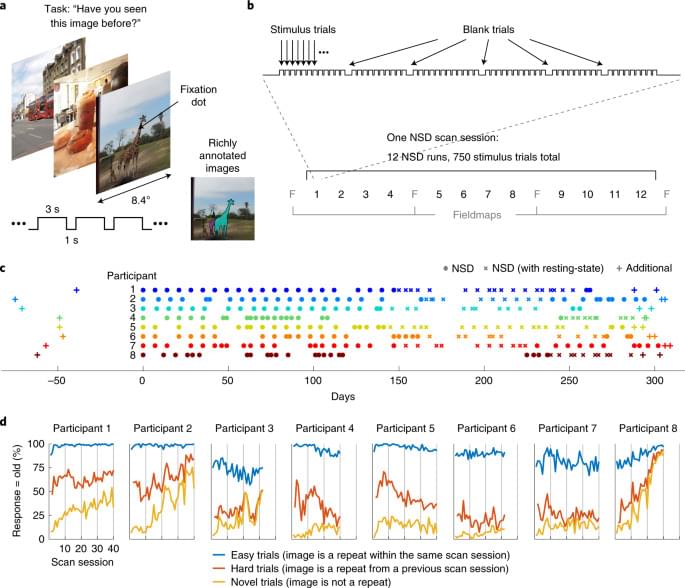
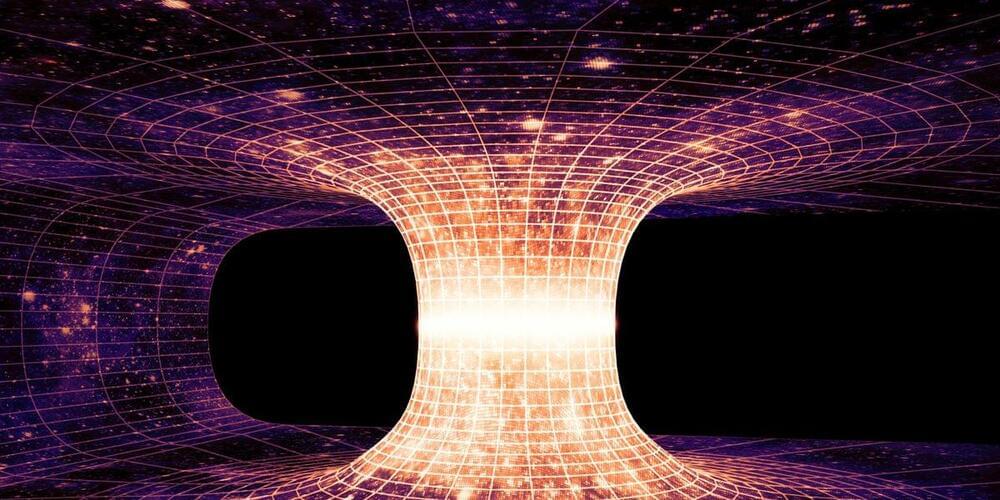
The Universe Might Be Able to Bend the Laws of Physics All By Itself
At this point, the paper mingles cosmology, or the study of the universe and its origins, with biology. “We ask whether there might be a mechanism woven into the fabric of the natural world, by means of which the universe could learn its laws,” the authors write. In other words, a universal law might transcend all scientific fields. That means that the laws of physics, as we know them, could be subject to higher-order laws of the universe that control them—and that we can’t even comprehend.
“Exploring links between fields is crucial because knowledge is not fundamentally compartmentalized,” says Bruce Bassett, professor at the University of Cape Town’s Department of Mathematics and head of the Cosmology Group at the African Institute of Mathematical Sciences in South Africa. We humans are simply narrow-minded. “We segment and compress knowledge into biology, and physics, and sociology because of our limited brains, and the cost of that segmentation and compression is that we easily miss the commonalities and hidden universality between branches of human knowledge.”
Split-Brains, Consciousness and Combining Minds | Waking Cosmos Documentary
One of the reasons branching identity is being accepted more seriously these days.
Beginning in the 1950s, experiments with split-brain patients revealed that consciousness could be divided between the two hemispheres of the brain. A surprising implication was that if consciousness could be divided, then it could also be combined. Evidence of this came in 2006, when conjoined twins Krista and Tatiana Hogan were born. The Hogan sisters were born with their brains connected by a thalamic bridge, which allowed a unique mental connection between them. We explore this surprising mental connection, and the possibility that we may one day connect our own minds with other conscious beings, together with what this might mean for our concept of self, identity, and the future of mind.
Please consider supporting my work on Patreon here ~ https://www.patreon.com/wakingcosmos.
Thank you!
This documentary is a non-profit, educational film. All footage used with permission, or in compliance with fair use/fair dealing.
Music by Scott Buckley and Aleks Michalski.
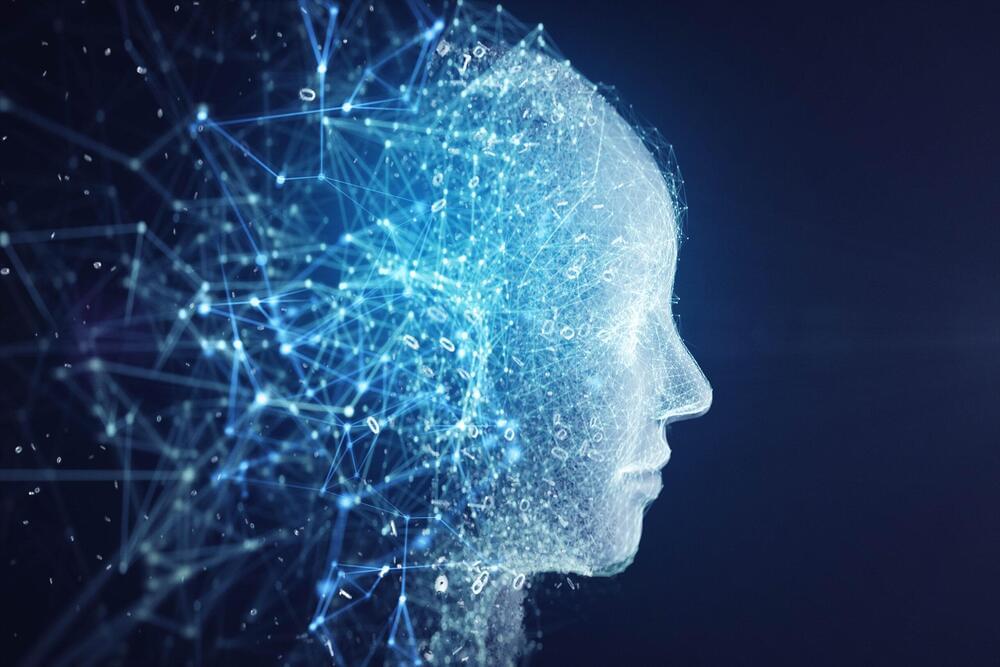
Roche, Genentech, Recursion Launch Up-to-$12B AI Drug Discovery Effort
Roche and its Genentech subsidiary have committed up to $12 billion to Recursion in return for using its Recursion Operating System (OS) to advance therapies in 40 programs that include “key areas” of neuroscience and an undisclosed oncology indication.
Recursion OS applies machine learning and high-content screening methods in what the companies said would be a “transformational” model for tech-enabled target and drug discovery.
The integrated, multi-faceted OS is designed to generate, analyze and glean insights from large-scale proprietary biological and chemical datasets—in this case, extensive single-cell perturbation screening data from Roche and Genentech—by integrating wet-lab and dry-lab biology at scale to phenomically capture chemical and genetic alterations in neuroscience-related cell types and select cancer cell lines.